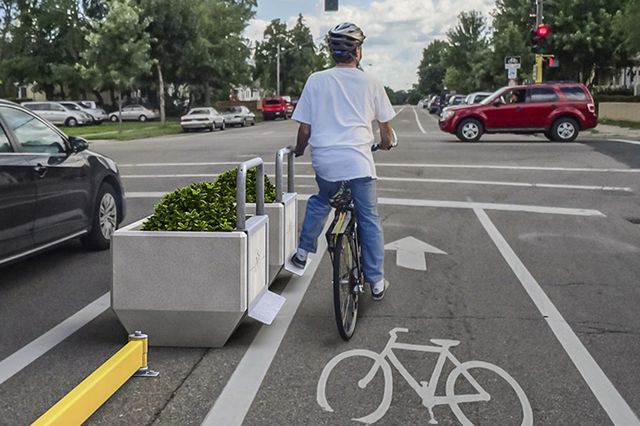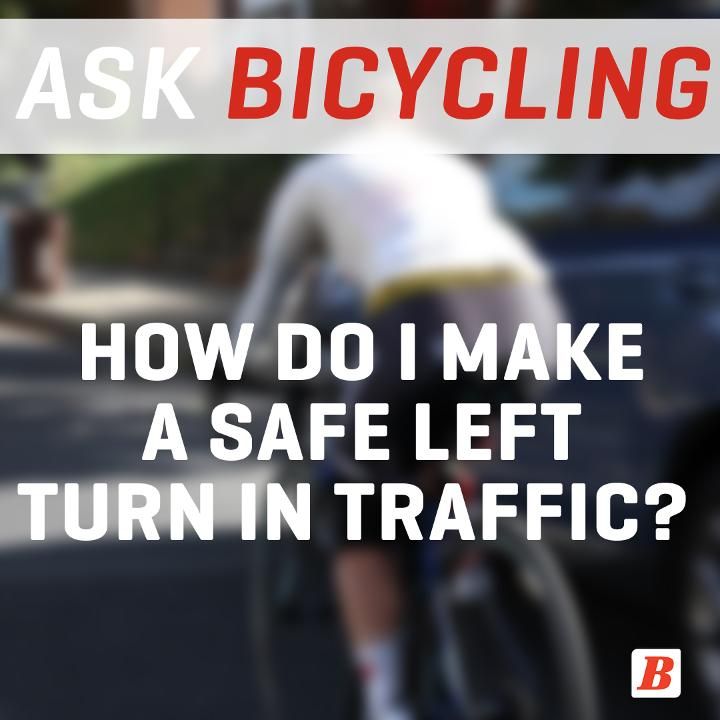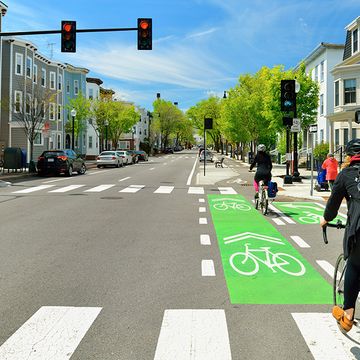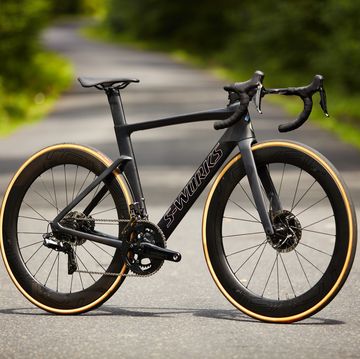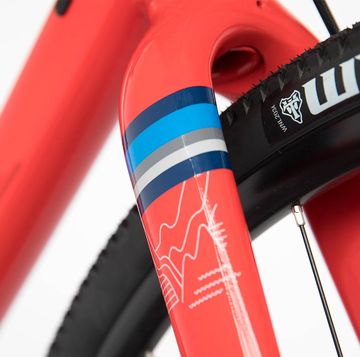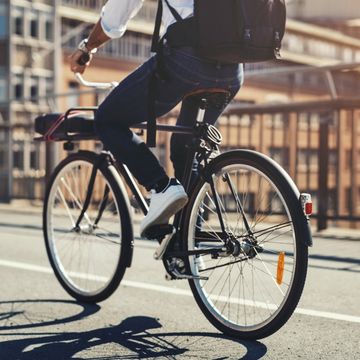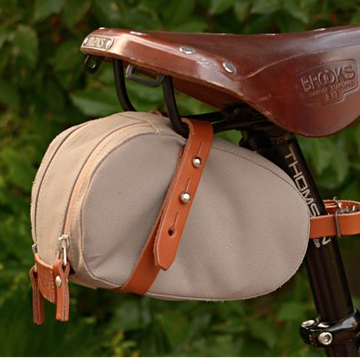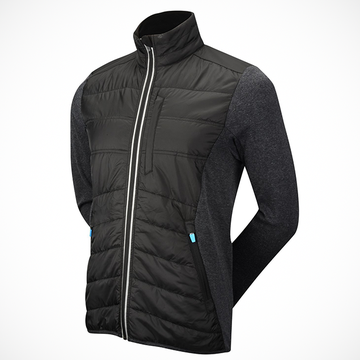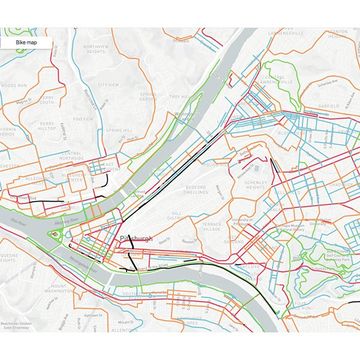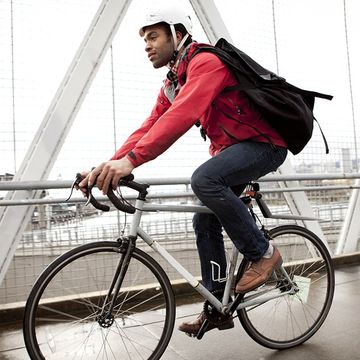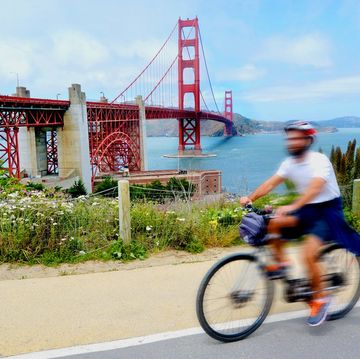It's no surprise that, when it comes to safety, some cyclists want more than simple bike lanes. And increasingly, their demands are taking the form of extra-legal action.
Activists in Philadelphia, for instance, recently placed toilet plungers along a popular bike lane to create a makeshift barrier. Similar plunger-protected lanes showed up in Providence, Rhode Island, and Wichita, Kansas, earlier in the year. In San Francisco and New York City, protesters have formed “human chains” in the street to guard bike lanes with their actual bodies.
RELATED: Someone in Kansas Created a Protected Bike Lane Using Toilet Plungers—and It's Amazing
Most bike lanes rely on painted white lines to make space on the road for cyclists. By definition, only “protected” lanes offer a physical barrier between bike and car traffic. This is the kind of safety upgrade that bike advocates are demanding.
Over the last few years, a number of cities have added physical barriers to new or existing bike lanes. The quality of these improvements varies widely, however, and some of the most bike-friendly cities still lack a real plan for bringing in more protected lanes.
DezignLine, a Minneapolis-based design studio, wants to make that process easier. In collaboration with Dero, a bike rack manufacturer, the studio last month released a suite of pre-fab bike lane barriers that are relatively cheap, flexible, and easy to install. The line of products includes concrete planters, attachable metal racks where cyclists can rest their feet and hands, and modular steel rails.
Susan Altenbach, director of business development for DezignLine, had an intensely personal reason for taking on the project. Several years ago, two of her friends died while biking in southern Wisconsin. She said the experience made her draw a hard line on where she will, and won’t, ride her bike.
“I personally will not bike anywhere that doesn’t have some sort of physical protection,” said Altenbach, a Minneapolis resident. “That’s really limited me to riding around the lakes and a few protected bike lanes within the city.” She said losing her friends made her realize how vulnerable cyclists are on the streets.
“All it takes is a fraction of a second for [drivers] to veer off,” she said. “I want to feel safe. I want my friends to feel safe, my family to feel safe. That's really why we got into it."
Dero sells two types of protected lanes: the BikeRail, for cyclists, and the PedRail, for pedestrians crossing at potentially dangerous corners. Both are made of steel that can be easily installed and adjusted for different streets. The rails meet at movable joints every eight feet, so the lane can conform to the shape of the road. Vertical posts for visibility mount over the joints.
RELATED: Protected Bike Lanes Get a Big Boost
The market for cheap but durable bike lane protection has emerged fairly recently. “It’s the not Wild West anymore with this stuff,” said Michael Andersen, staff writer at PeopleForBikes, a national cycling advocacy group. “There are actually companies creating really solid commercial products around this.”
Nathan Wilkes, a transportation designer for the City of Austin, Texas, conducted a study comparing the costs of different kinds of protected lanes. Lighter options, such as road bumps and plastic bollards, generally fall below $100,000 per mile. Heavy-duty dividers, like precast curbs and raised cycle tracks, can cost upward of $500,000 to $1 million per mile. That puts BikeRail, which runs at $35 to $45 per foot, near the middle of the pack in both cost and protection.
Making a left turn is often the most dangerous thing for cyclist to do. Watch this video to learn how to safely turn left:
Yet cost isn’t the only obstacle to installing protected lanes. While the Dero products offer a rigid, continuous barrier—without the gaps that come with flimsy plastic bollards—they are, by design, easily removed. This can clear the way for a snow plow or help adjust the lane to road changes, but it also leaves the barriers vulnerable to shifts in public or political support.
Two cities already use the Dero products. The Seattle Department of Transportation added 50 concrete planters to a 14-block bike lane, and Minneapolis installed 140 feet of PedRail barriers at major downtown intersections to provide bump-outs for crossing pedestrians. (The Minneapolis project is, for now, only a temporary pilot.)
“You've got to think, how much is a life worth?” Altenbach said. “If we can save one life, if we can save 10 people from getting hit or injured, I'm happy.”
Keep up with the latest cycling news by subscribing to our newsletter.
